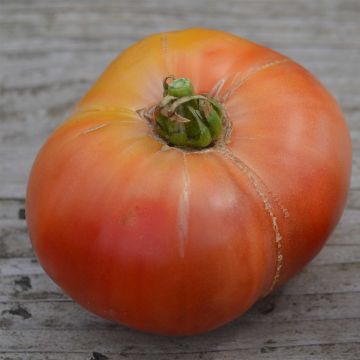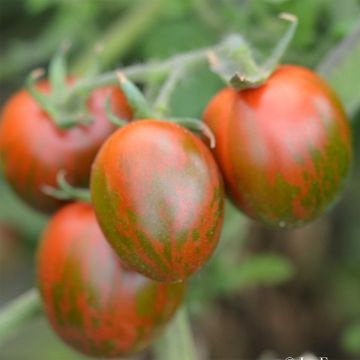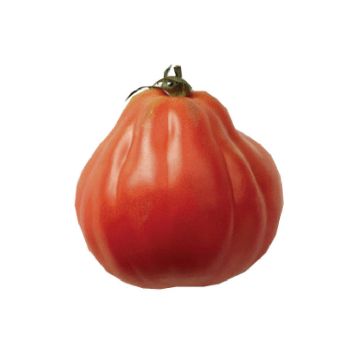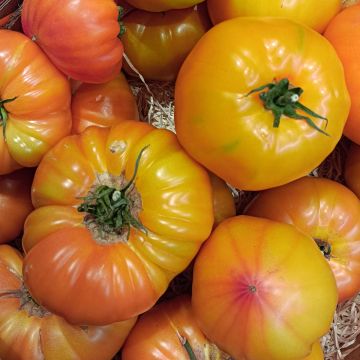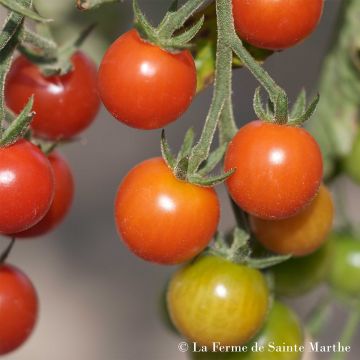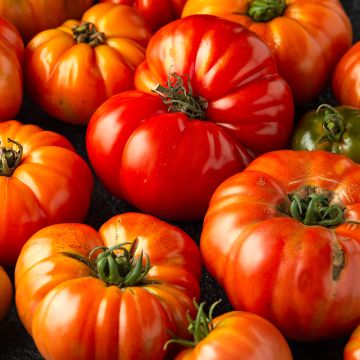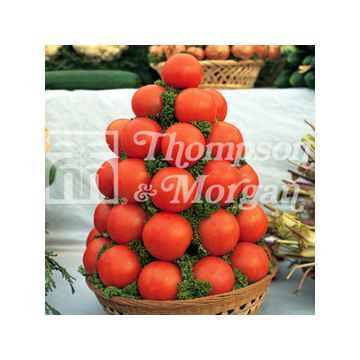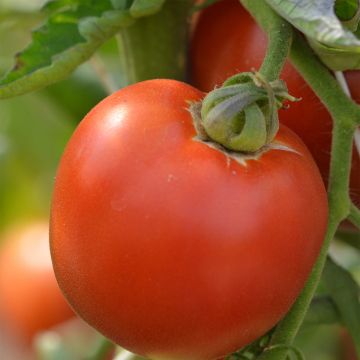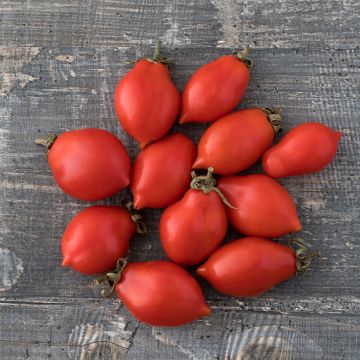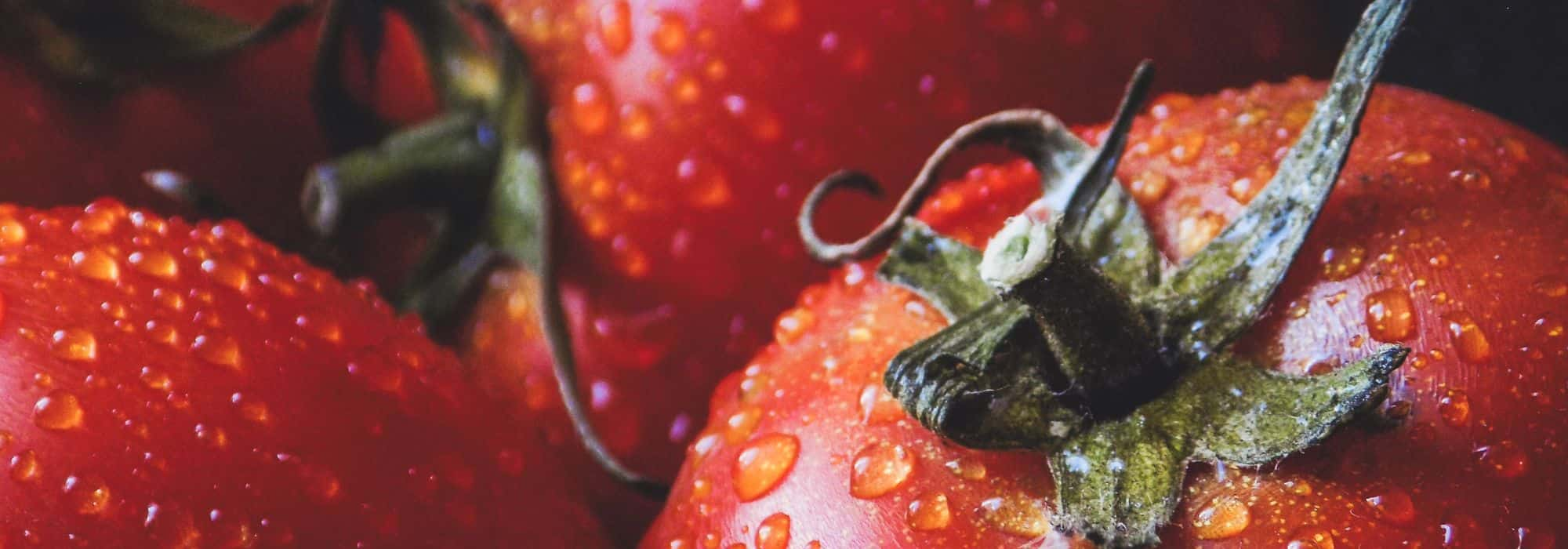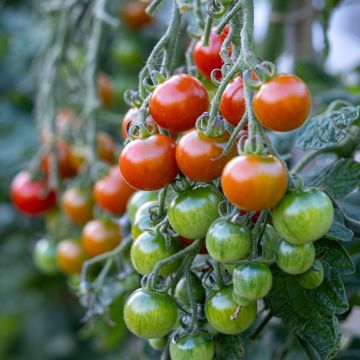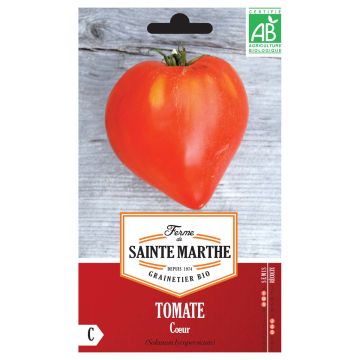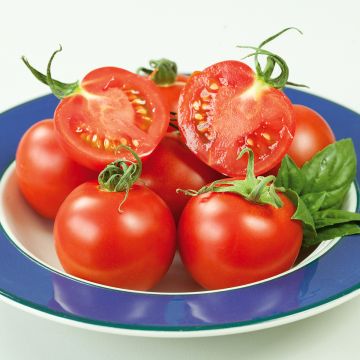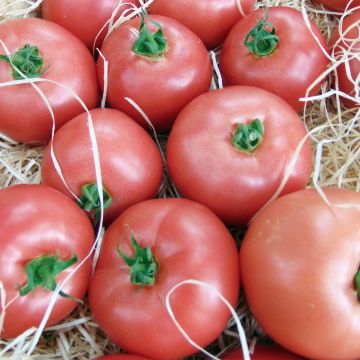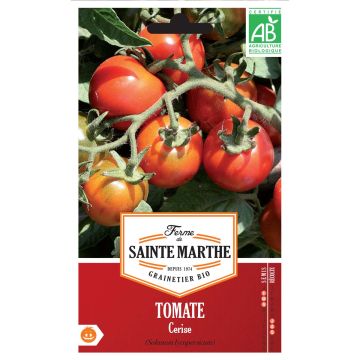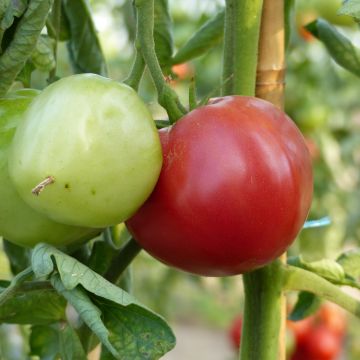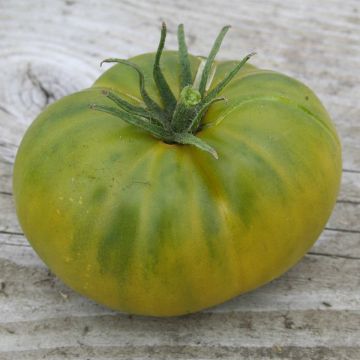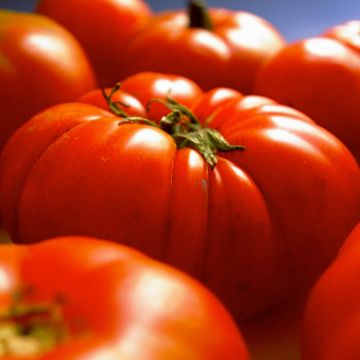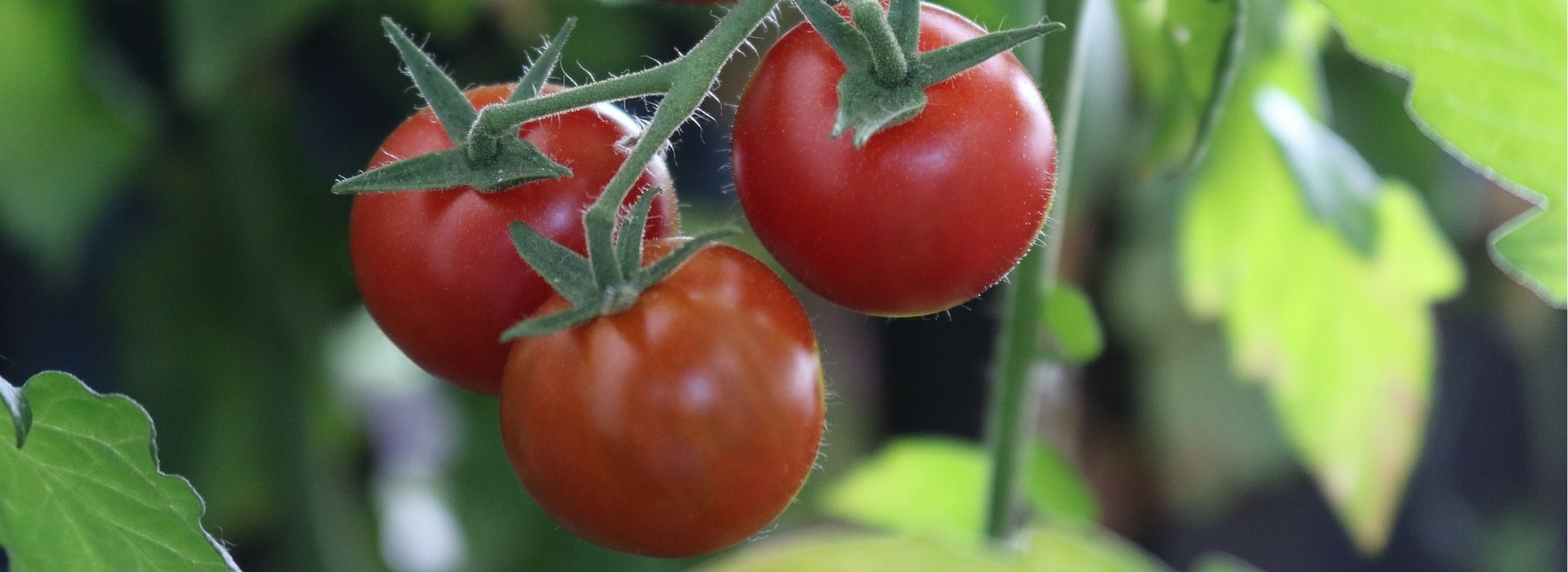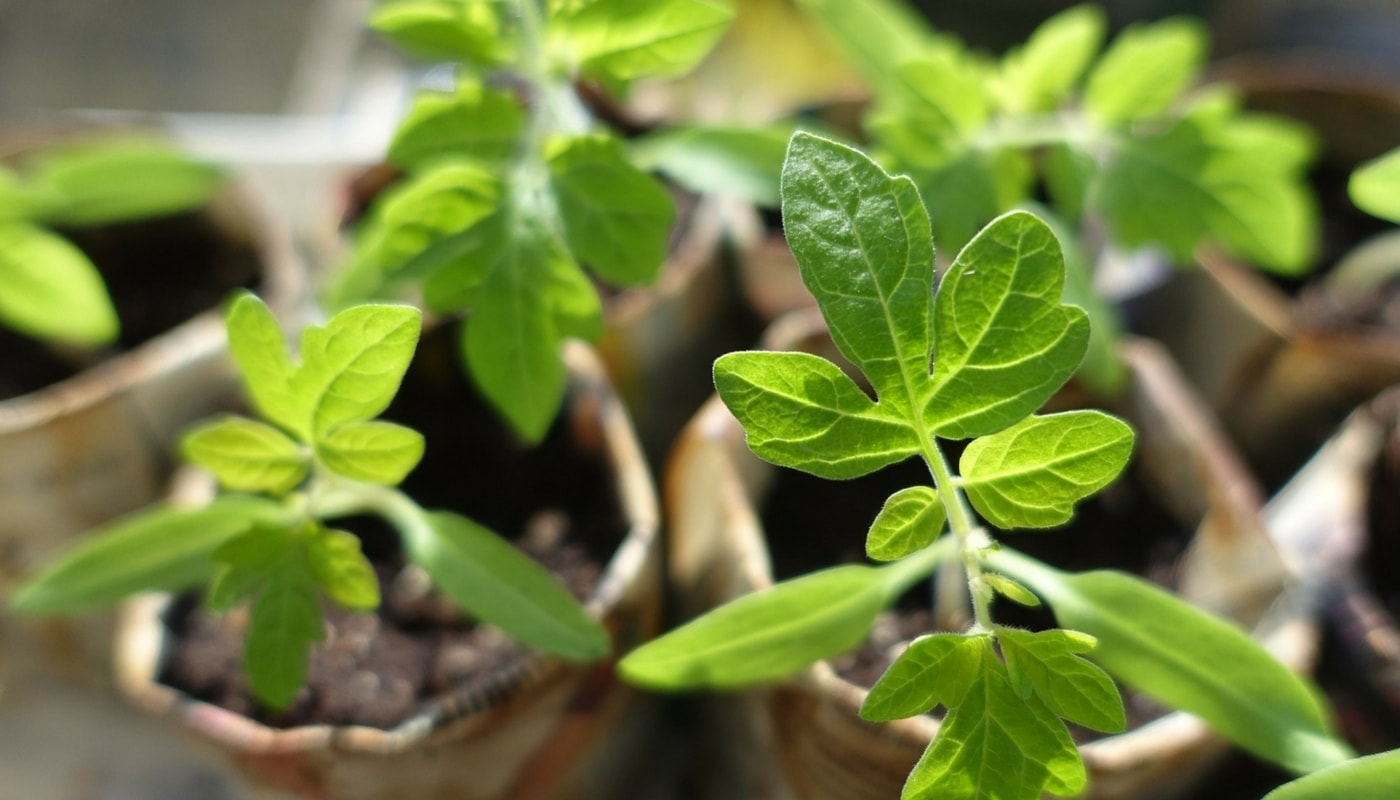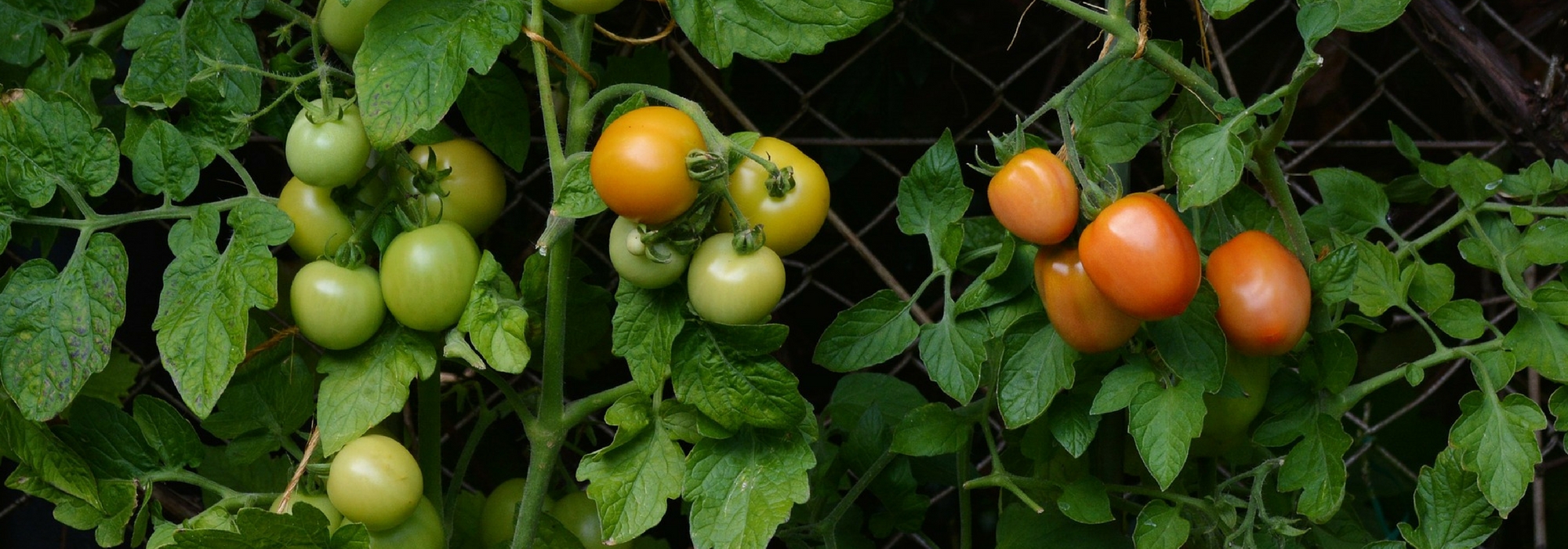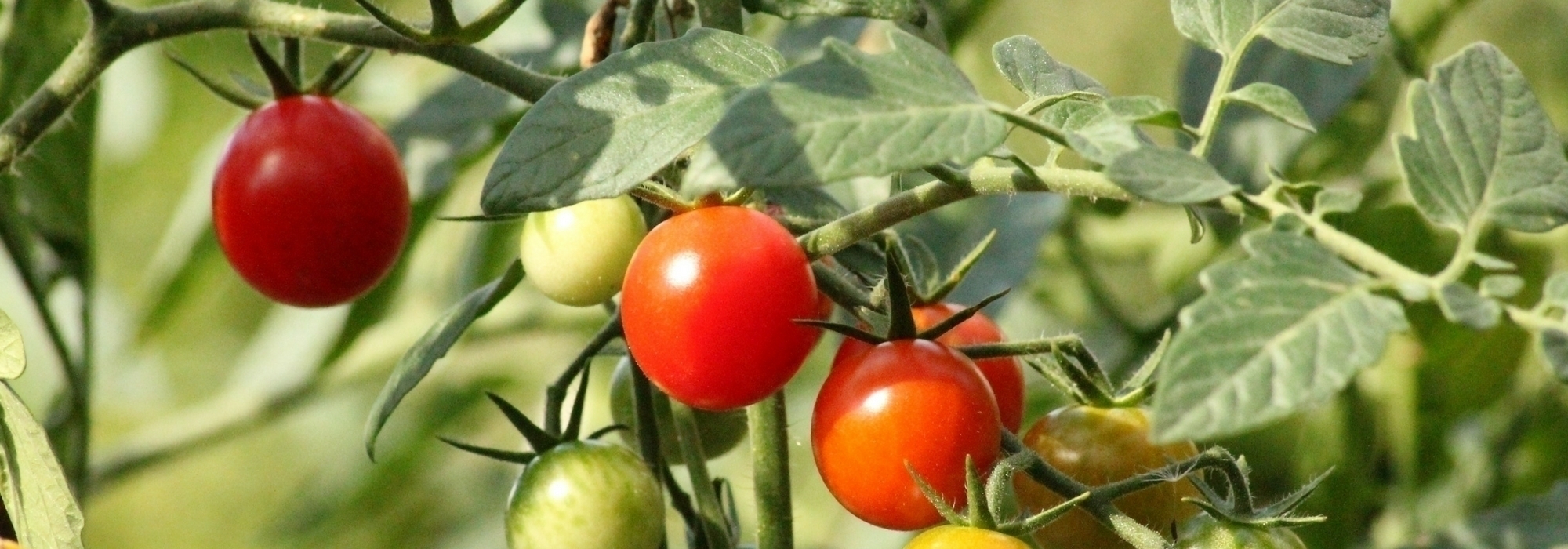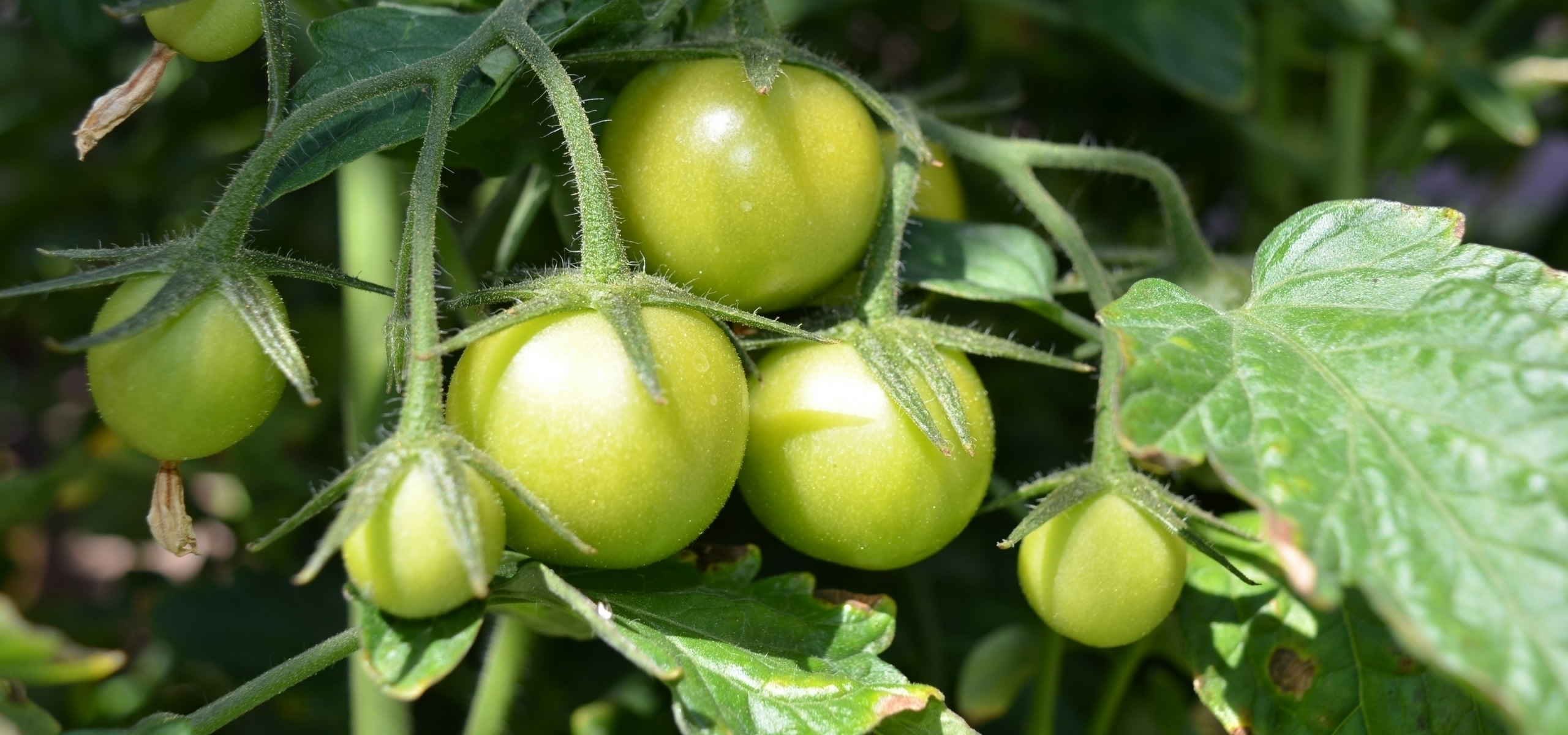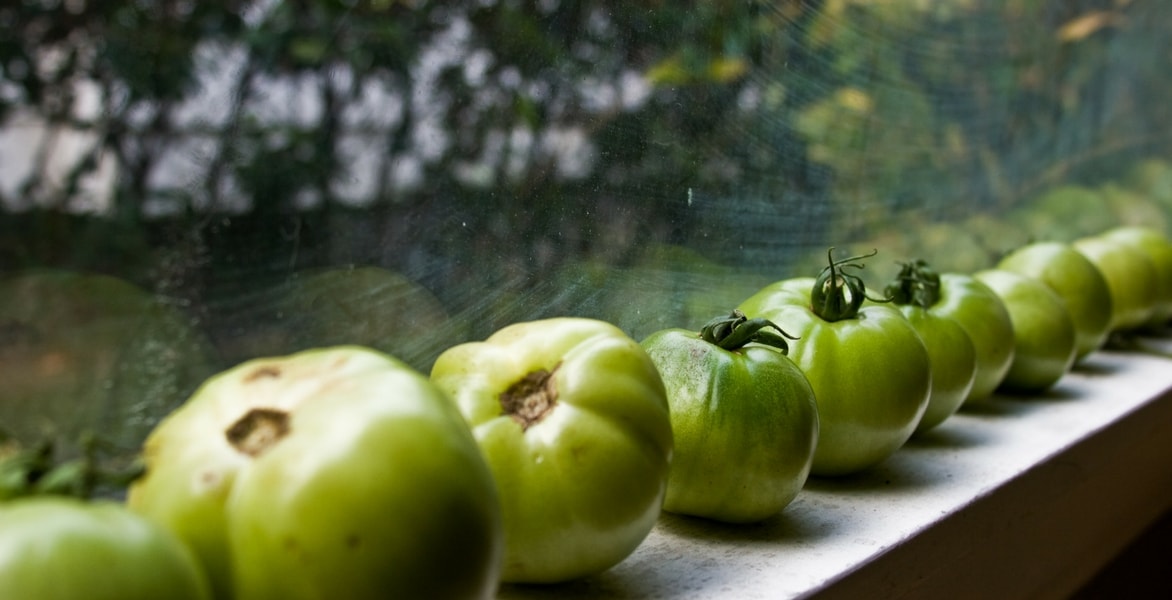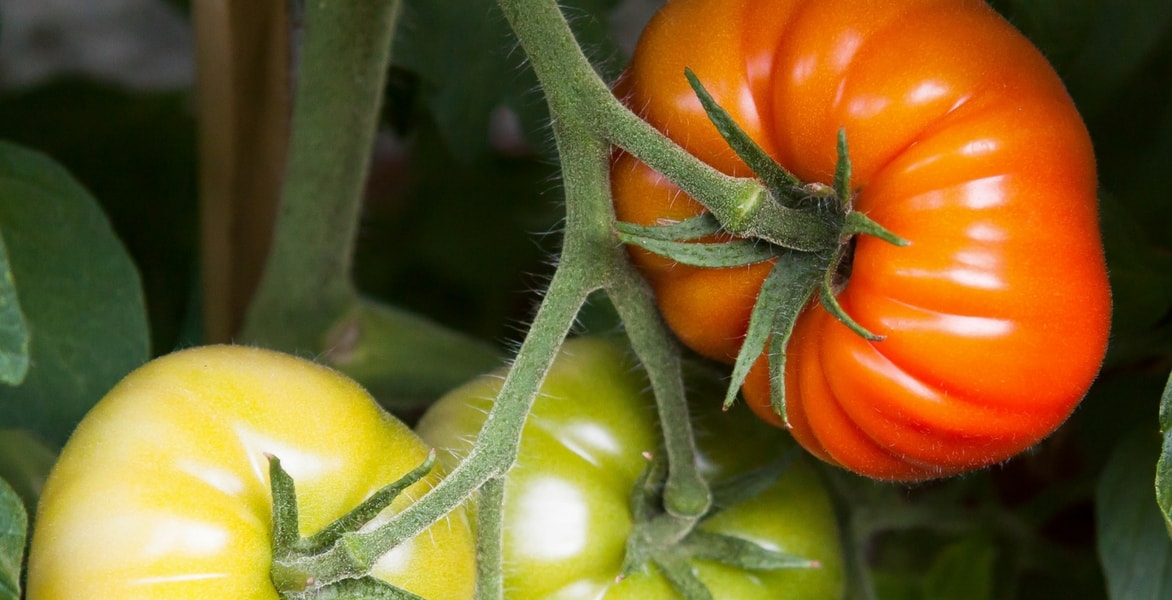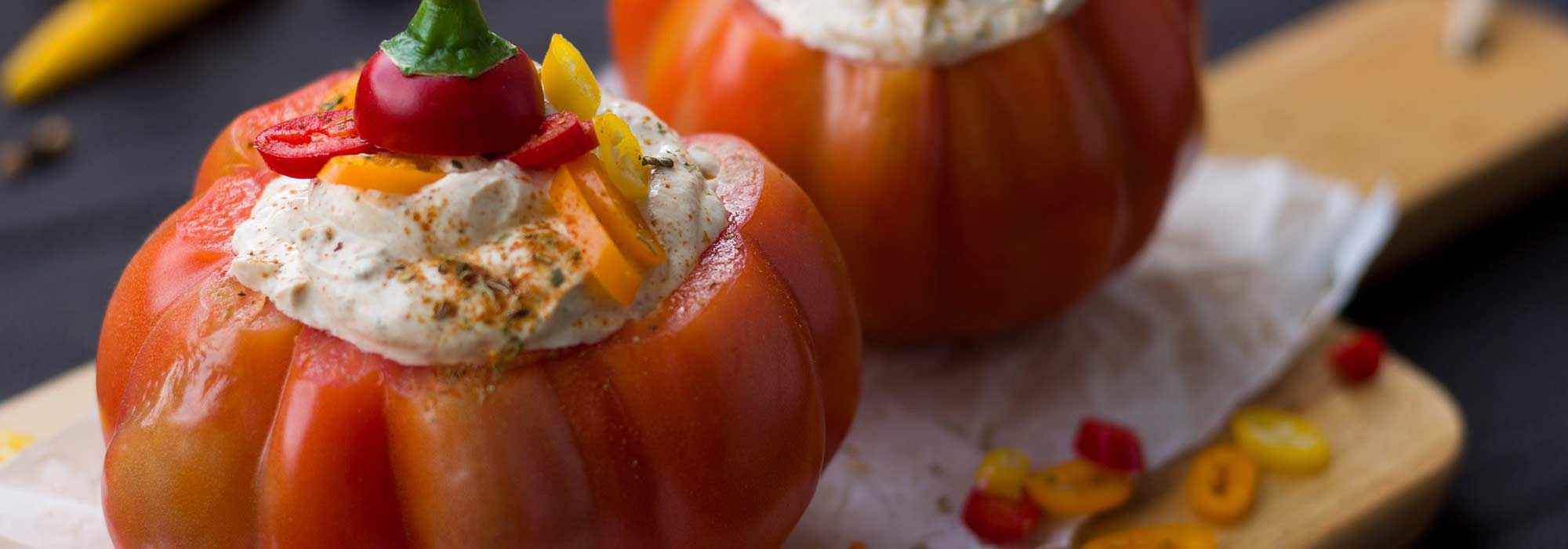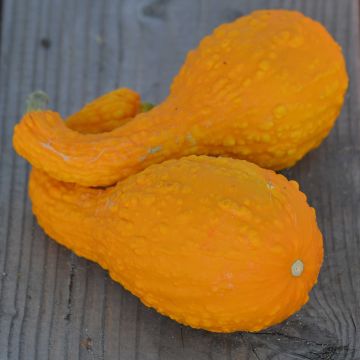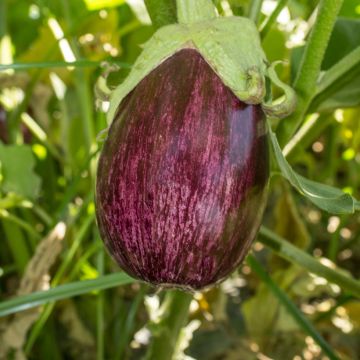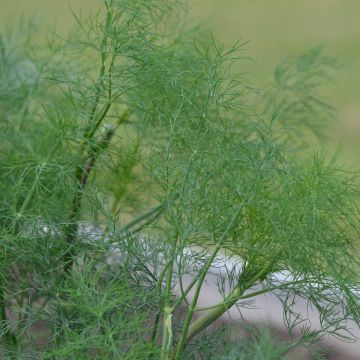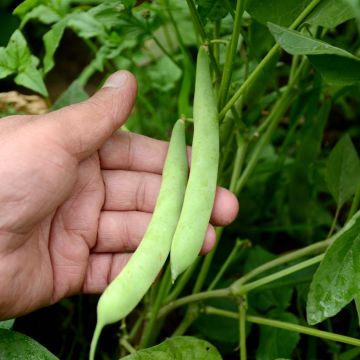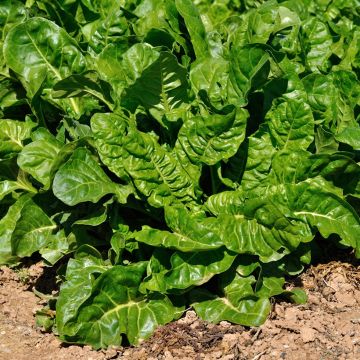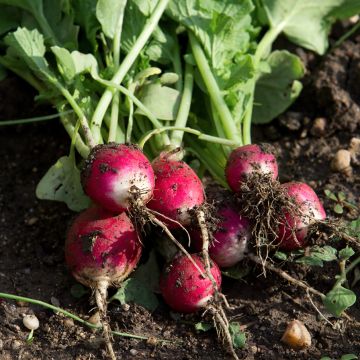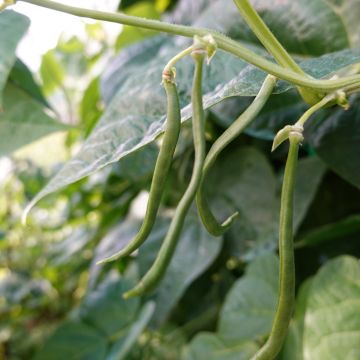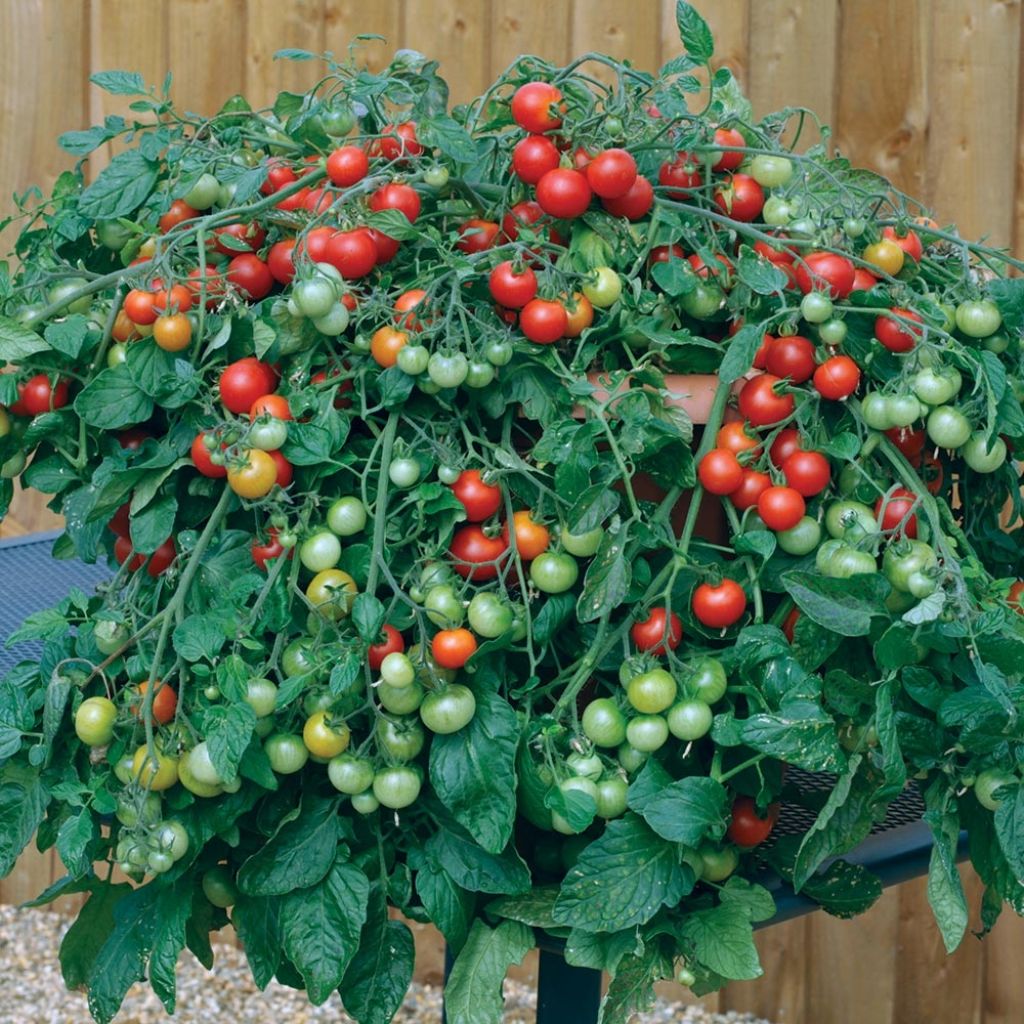

Graines de Tomate cerise Red Profusion F1
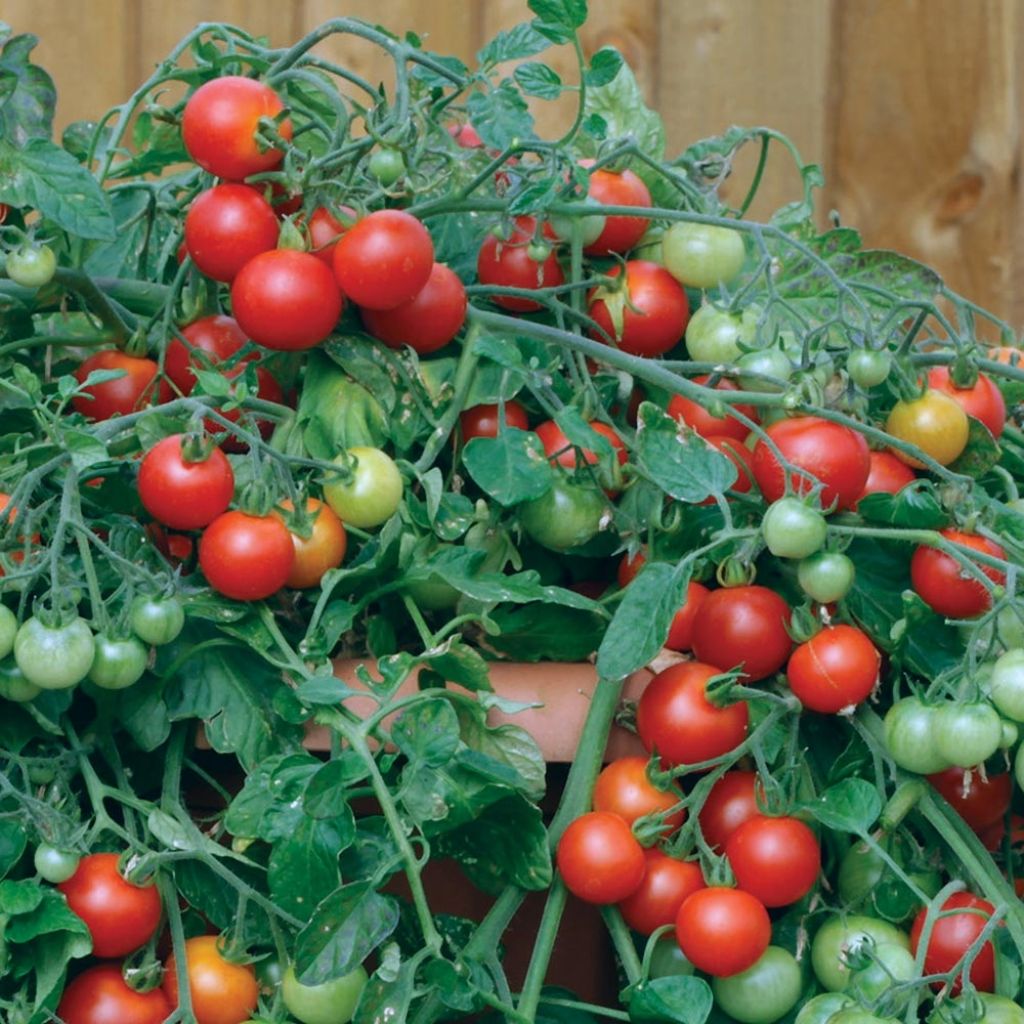

Graines de Tomate cerise Red Profusion F1
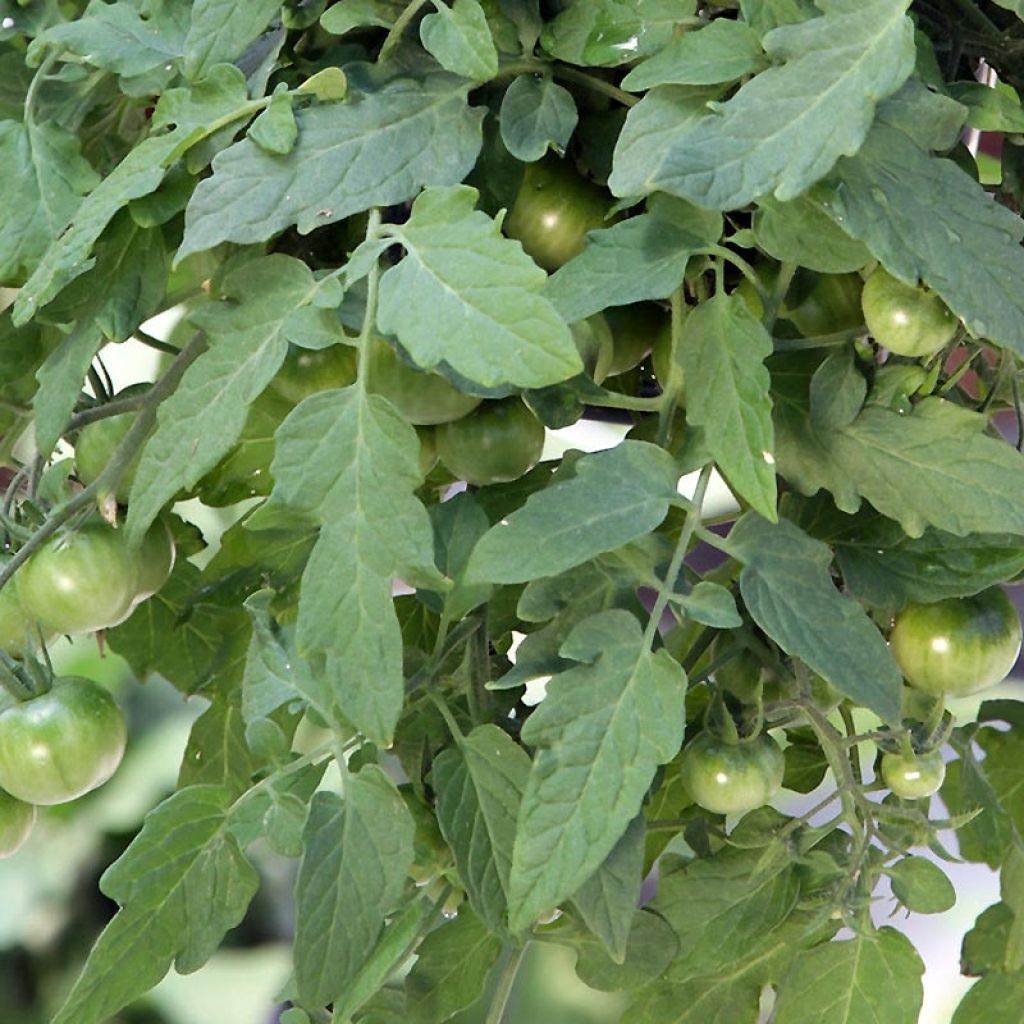

Graines de Tomate cerise Red Profusion F1
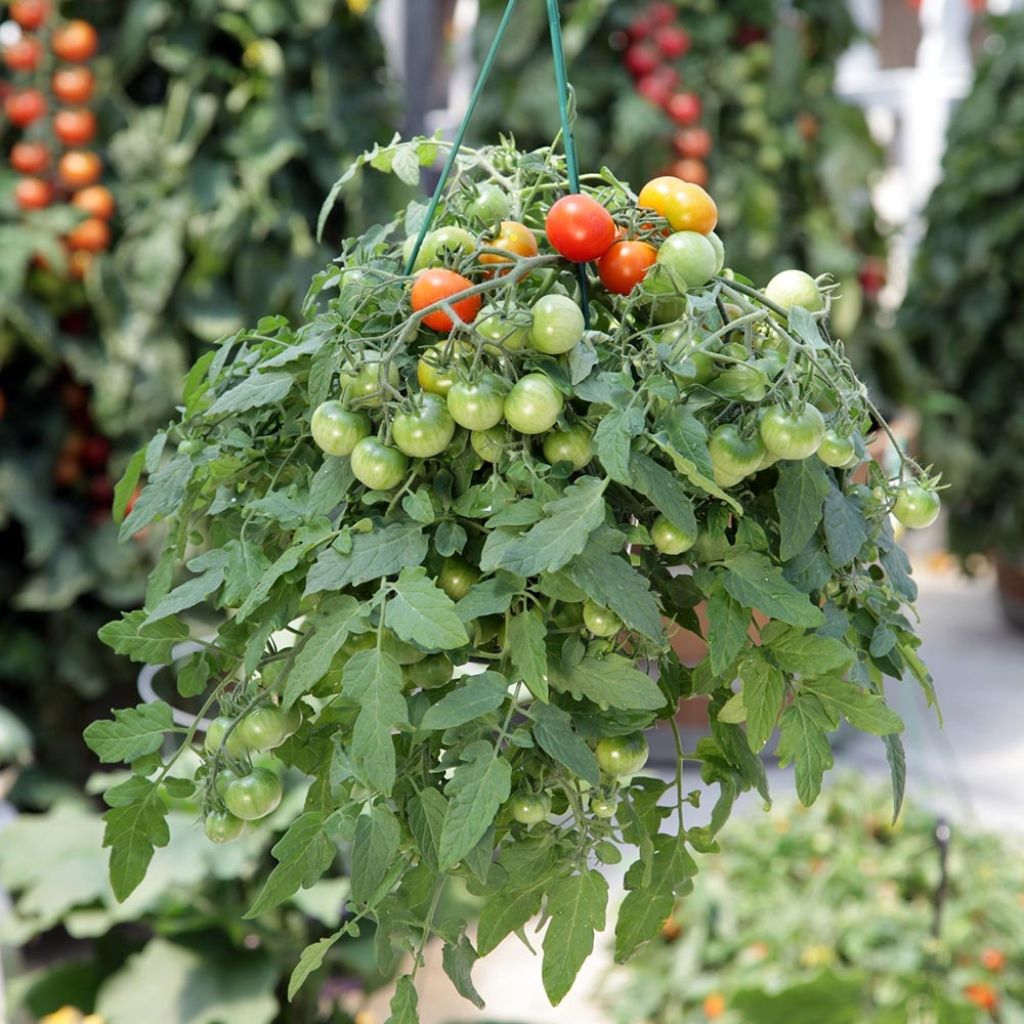

Graines de Tomate cerise Red Profusion F1
Red Profusion F1 Cherry Tomato
Solanum lycopersicum Red Profusion F1
Cherry tomato
Vigorous and highly productive variety. Well-balanced taste. Drought-resistant.
Nathalie F., 07/11/2020
Special offer!
Receive a €20 voucher for any order over €90 (excluding delivery costs, credit notes, and plastic-free options)!
1- Add your favorite plants to your cart.
2- Once you have reached €90, confirm your order (you can even choose the delivery date!).
3- As soon as your order is shipped, you will receive an email containing your voucher code, valid for 3 months (90 days).
Your voucher is unique and can only be used once, for any order with a minimum value of €20, excluding delivery costs.
Can be combined with other current offers, non-divisible and non-refundable.
Why not try an alternative variety in stock?
View all →This plant carries a 6 months recovery warranty
More information
We guarantee the quality of our plants for a full growing cycle, and will replace at our expense any plant that fails to recover under normal climatic and planting conditions.

Description
The 'Red Profusion' F1 Tomato is a cherry variety suitable for container or hanging basket cultivation. This small hybrid tomato, with determinate growth, reaches 70 cm in all directions and forms a compact dome with neat, trailing branches filled with round fruits, about 2.5 cm in diameter, in a vibrant red colour. It is an early, productive, and disease-resistant variety. These tomatoes are tasty and can be used in salads or as appetisers. The tomato is a plant grown annually, requiring warmth and rich soil. It is sown from February to April in a warm place and harvested from June-July to October.
The Tomato is native to South America and Central America. Several varieties were already cultivated by the Incas long before the arrival of the Conquistadors. "Tomate" comes from the Inca word "Tomatl" and refers to both the plant and the fruit it produces. It is one of the many foods that came to us from the New World, along with beans, corn, squash, potatoes, and chilli peppers. The Tomato took longer to reach our taste buds. It was cultivated for its aesthetic and medicinal qualities for a long time. Still, it was considered toxic due to its resemblance to the fruit of the Mandrake, another member of the Solanaceae family. It only became a regular part of our tables in the early 20th century.
Tomatoes are herbaceous perennial plants in tropical climates, but they are grown annually in our latitudes. They become lignified over time and produce small, insignificant yellow flowers grouped in clusters that will turn into fruits. Tomatoes can be grown in open ground or in containers on a balcony, with a preference for compact varieties.
It is a fruit vegetable that has many nutritional benefits. Low in calories like most vegetables and rich in water, it contains a fascinating molecule: lycopene, a powerful antioxidant. It is also rich in vitamin C, provitamin A, and trace elements.
Regarding cooking, tomatoes can be consumed raw or cooked in various ways: in salads or as appetisers, grilled, stuffed, marinated, preserved, or made into sauces. They come in all colours, shapes, and sizes. Take advantage of this and grow several varieties in your vegetable garden to vary your enjoyment!
Harvesting: Harvest times vary depending on the earliness: early varieties are harvested 55 to 70 days after planting, mid-season varieties 70 to 85 days, and late varieties beyond 85 days. Harvest when the tomato has reached its final colour and texture while remaining firm and slightly softened. For better preservation, make sure to harvest the fruit with its calyx. Be careful; immature fruits, stems, and leaves contain solanine and should not be consumed.
Storage: The optimal storage temperature for tomatoes is between 10 and 15°C. Refrigeration is possible but alters the taste qualities of the fruits. For longer storage, tomatoes can be preserved, dried, frozen, canned, or cooked into jam. To preserve them, cut your tomatoes in half and collect the juice. Place your half tomatoes face up on the baking sheet of your oven. Season with salt, pepper, and sugar, then bake at a very low temperature for at least an hour. Remove your tomatoes, store them in a glass jar, and cover with olive oil.
Gardener's tip: To reduce watering, we recommend mulching the soil with thin successive layers of grass clippings, if possible, mixed with dead leaves. This protection keeps the soil moist and limits weed growth.
Note: This variety is labelled F1 for "F1 hybrid" because it results from the cross-breeding of carefully selected parents to combine their qualities. This results in a variety that can be exceptionally delicious and early while resistant to certain diseases. Sometimes criticised or wrongly associated with GMOs, F1 hybrid seeds are attractive for their uniformity and resistance, but unfortunately, their qualities do not pass on to subsequent generations, so it will not be possible to save the seeds for future sowing.
Red Profusion F1 Cherry Tomato in pictures
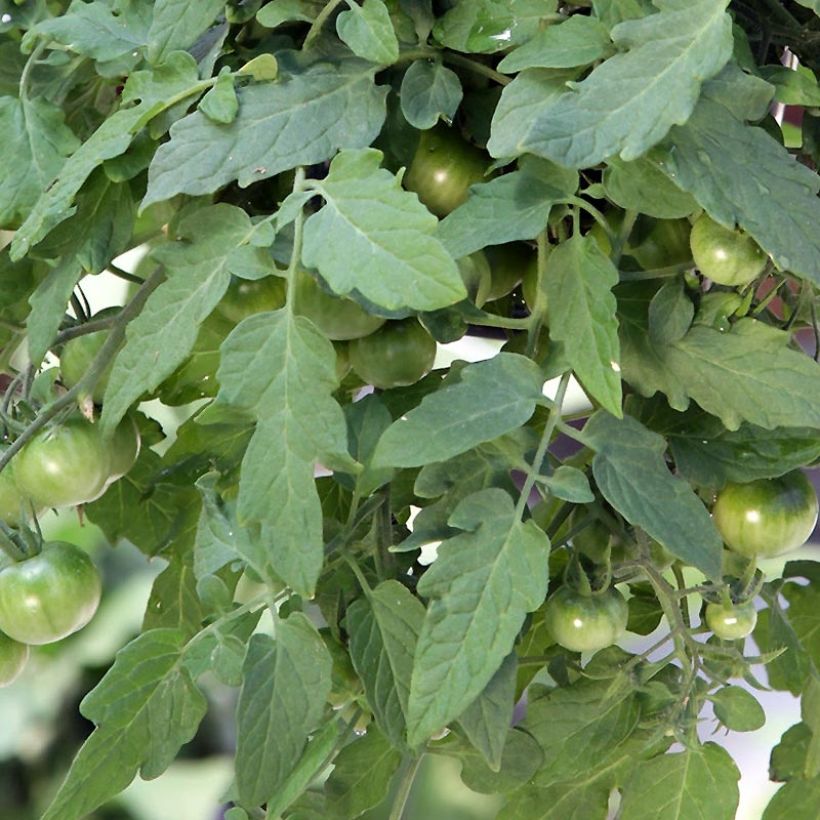

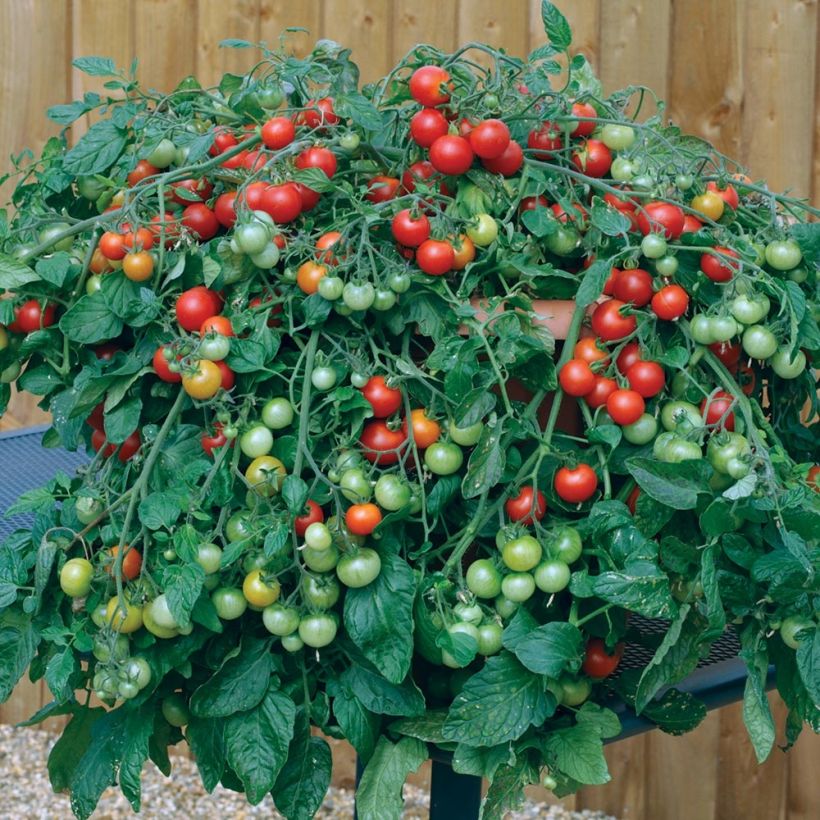

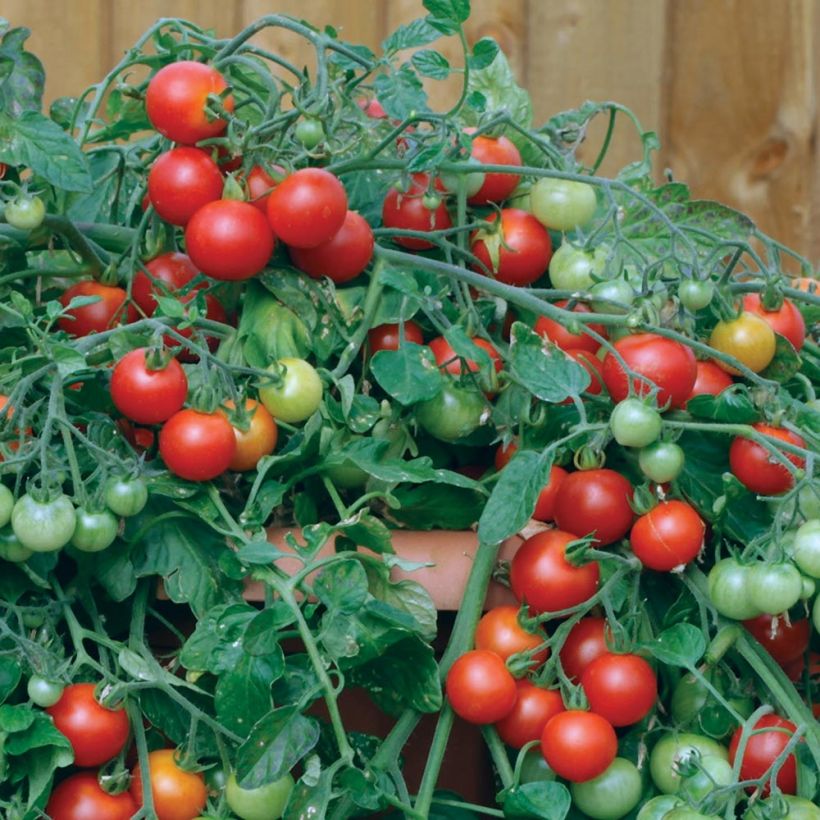

Harvest
Plant habit
Foliage
Botanical data
Solanum
lycopersicum
Red Profusion F1
Solanaceae
Cherry tomato
Cultivar or hybrid
Annual
Other Tomato seeds
View all →Planting and care
Soil preparation: Tomato plants are easy to grow. Sunlight and warmth are crucial for the success of this crop. However, they can tolerate soil but prefer rich and well-draining soil. If the soil is too compact, add sand to improve its texture.
Sowing under cover: From mid-February to May, sow your seeds indoors or in heated greenhouses using trays at around 20°C. Bury the seeds under 5 to 7 mm of special seed compost, as they need darkness to germinate. Do not use compost at this stage, as it may burn the future roots. Tomato plants grow very quickly, with seeds usually germinating within two weeks. Do not discard a tray if germination has not occurred within this timeframe, as some varieties take longer. Once the plants have reached a height of about fifteen centimetres, consider transplanting them.
Transplanting in open ground: Once the risk of frost has passed, usually after the risk of frost has passed in mid-May, transplant your seedlings into the open ground. Choose the sunniest and warmest spots in your garden. The base of a south-facing wall is an ideal position. Loosen the soil and dig a hole at least 3 to 4 times the plant's root system volume. Add some well-rotted compost at the bottom. Place your plant in the hole, burying it in the first set of leaves, and backfill. Firm the soil, create a shallow basin around the base, and water generously. Be careful not to wet the leaves to protect your plants from fungal diseases.
Maintenance: Applying mulch around the base of your plants helps retain moisture and reduces the need for weeding. Tomato plants do not require excessive watering; their root system can access deep water sources—only water generously during prolonged periods of drought.
Seedlings
Care
Intended location
Planting & care advice
-
, onOrder confirmed
Reply from on Promesse de fleurs
Similar products
Haven't found what you were looking for?
Hardiness is the lowest winter temperature a plant can endure without suffering serious damage or even dying. However, hardiness is affected by location (a sheltered area, such as a patio), protection (winter cover) and soil type (hardiness is improved by well-drained soil).

Photo Sharing Terms & Conditions
In order to encourage gardeners to interact and share their experiences, Promesse de fleurs offers various media enabling content to be uploaded onto its Site - in particular via the ‘Photo sharing’ module.
The User agrees to refrain from:
- Posting any content that is illegal, prejudicial, insulting, racist, inciteful to hatred, revisionist, contrary to public decency, that infringes on privacy or on the privacy rights of third parties, in particular the publicity rights of persons and goods, intellectual property rights, or the right to privacy.
- Submitting content on behalf of a third party;
- Impersonate the identity of a third party and/or publish any personal information about a third party;
In general, the User undertakes to refrain from any unethical behaviour.
All Content (in particular text, comments, files, images, photos, videos, creative works, etc.), which may be subject to property or intellectual property rights, image or other private rights, shall remain the property of the User, subject to the limited rights granted by the terms of the licence granted by Promesse de fleurs as stated below. Users are at liberty to publish or not to publish such Content on the Site, notably via the ‘Photo Sharing’ facility, and accept that this Content shall be made public and freely accessible, notably on the Internet.
Users further acknowledge, undertake to have ,and guarantee that they hold all necessary rights and permissions to publish such material on the Site, in particular with regard to the legislation in force pertaining to any privacy, property, intellectual property, image, or contractual rights, or rights of any other nature. By publishing such Content on the Site, Users acknowledge accepting full liability as publishers of the Content within the meaning of the law, and grant Promesse de fleurs, free of charge, an inclusive, worldwide licence for the said Content for the entire duration of its publication, including all reproduction, representation, up/downloading, displaying, performing, transmission, and storage rights.
Users also grant permission for their name to be linked to the Content and accept that this link may not always be made available.
By engaging in posting material, Users consent to their Content becoming automatically accessible on the Internet, in particular on other sites and/or blogs and/or web pages of the Promesse de fleurs site, including in particular social pages and the Promesse de fleurs catalogue.
Users may secure the removal of entrusted content free of charge by issuing a simple request via our contact form.
The flowering period indicated on our website applies to countries and regions located in USDA zone 8 (France, the United Kingdom, Ireland, the Netherlands, etc.)
It will vary according to where you live:
- In zones 9 to 10 (Italy, Spain, Greece, etc.), flowering will occur about 2 to 4 weeks earlier.
- In zones 6 to 7 (Germany, Poland, Slovenia, and lower mountainous regions), flowering will be delayed by 2 to 3 weeks.
- In zone 5 (Central Europe, Scandinavia), blooming will be delayed by 3 to 5 weeks.
In temperate climates, pruning of spring-flowering shrubs (forsythia, spireas, etc.) should be done just after flowering.
Pruning of summer-flowering shrubs (Indian Lilac, Perovskia, etc.) can be done in winter or spring.
In cold regions as well as with frost-sensitive plants, avoid pruning too early when severe frosts may still occur.
The planting period indicated on our website applies to countries and regions located in USDA zone 8 (France, United Kingdom, Ireland, Netherlands).
It will vary according to where you live:
- In Mediterranean zones (Marseille, Madrid, Milan, etc.), autumn and winter are the best planting periods.
- In continental zones (Strasbourg, Munich, Vienna, etc.), delay planting by 2 to 3 weeks in spring and bring it forward by 2 to 4 weeks in autumn.
- In mountainous regions (the Alps, Pyrenees, Carpathians, etc.), it is best to plant in late spring (May-June) or late summer (August-September).
The harvesting period indicated on our website applies to countries and regions in USDA zone 8 (France, England, Ireland, the Netherlands).
In colder areas (Scandinavia, Poland, Austria...) fruit and vegetable harvests are likely to be delayed by 3-4 weeks.
In warmer areas (Italy, Spain, Greece, etc.), harvesting will probably take place earlier, depending on weather conditions.
The sowing periods indicated on our website apply to countries and regions within USDA Zone 8 (France, UK, Ireland, Netherlands).
In colder areas (Scandinavia, Poland, Austria...), delay any outdoor sowing by 3-4 weeks, or sow under glass.
In warmer climes (Italy, Spain, Greece, etc.), bring outdoor sowing forward by a few weeks.






























